The Woman Who Refused to Be Tamed: From Runaway Rebel to Burlesque Legend
From a 13-year-old runaway to the woman who made America hold its breath — her story wasn’t just rebellion; it was hunger. Hunger for freedom, for love, for control over her own destiny. This beauty once silenced every burlesque stage… just by standing there. 🔥 Do you recognize her? …She is Candy Barr.

Born from Texas Dust and Trouble
Candy Barr didn’t come from privilege or glamour — she came from grit. Born Juanita Dale Slusher on July 6, 1935, in Edna, Texas, she grew up in poverty and heartbreak. Her mother passed away when she was just nine, and her father’s remarriage brought new instability. By the age of thirteen, she’d had enough. She packed her dreams, her pain, and her courage — and ran away.
That runaway girl would one day become a name that the world whispered. But in those early years, she was simply surviving. Working small-town jobs, dodging danger, and finding out the hard way that beauty could open doors — and sometimes lock them.
Video : Jacksboro Highway: Cowtown’s Highway to Hell (Candy Barr)
Becoming Candy Barr: The Birth of a Star
When she landed in Dallas, her life changed. At 16, she began dancing at a local club, and soon after, she took on a stage name that would become iconic: Candy Barr. The name came from her favorite chocolate bar, but the persona was all her own — sweet, bold, and unforgettable.
Her performances were different from the risqué shows of the time. She didn’t rely on shock — she relied on presence. A slow glance, a subtle smile, a graceful movement — she made silence seductive. Crowds didn’t just watch her; they worshipped her.
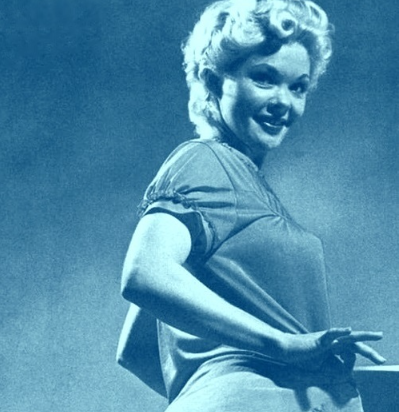
By the 1950s, Candy Barr was one of America’s most famous burlesque dancers. She headlined major clubs across Dallas, Los Angeles, and Las Vegas, commanding more money and attention than most movie stars. But her power came with a price — fame and scandal walked hand in hand.
Behind the Spotlight: Scandal and Survival
Candy’s beauty and independence drew admirers from every corner — from Hollywood producers to notorious figures like Mickey Cohen, one of Los Angeles’ most feared mobsters. Their relationship made headlines, fusing her image with danger and allure.
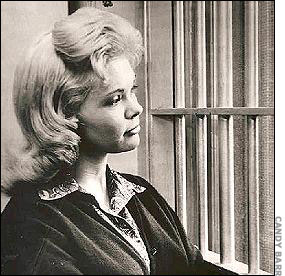
Yet fame’s bright light cast dark shadows. In 1957, Candy was arrested for marijuana possession — a charge she always claimed was a setup. The court sentenced her to fifteen years in prison, but she served just over three. Behind bars, she turned to writing, penning poetry and reflecting on a life that had moved too fast for a young girl from Edna.
Her poems, later published under the title A Gentle Mind… Confused, revealed a side of her few people had ever seen — thoughtful, vulnerable, and deeply human.
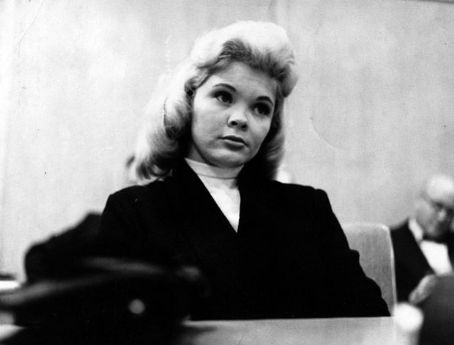
A Star Among Legends: Influence Beyond the Stage
Even Hollywood couldn’t ignore her. In 1957, Candy coached Joan Collins for the film The Girl in the Red Velvet Swing, teaching her how to move like a real burlesque performer. Collins later called Candy “a natural, full of grace and mystery.”
Her influence extended far beyond burlesque. She helped reshape how America saw sensuality — not as vulgarity, but as power. In an age when women were told to be quiet, Candy stood in the spotlight and owned it.
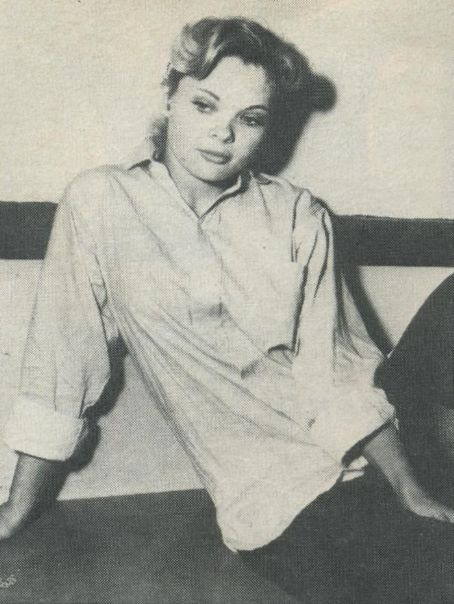
Love, Loss, and the Price of Fame
Candy Barr’s life was never simple. She married three times, each relationship marked by passion and turbulence. Her second husband, bandleader Roy Maypole, once accused her of shooting him — she was acquitted in self-defense. Her connection to Dallas nightclub owner Jack Ruby, who later shot Lee Harvey Oswald, forever tied her name to one of the most shocking moments in American history.
Despite the chaos, she remained unapologetically herself — a woman who refused to be defined by the men around her or the mistakes behind her.
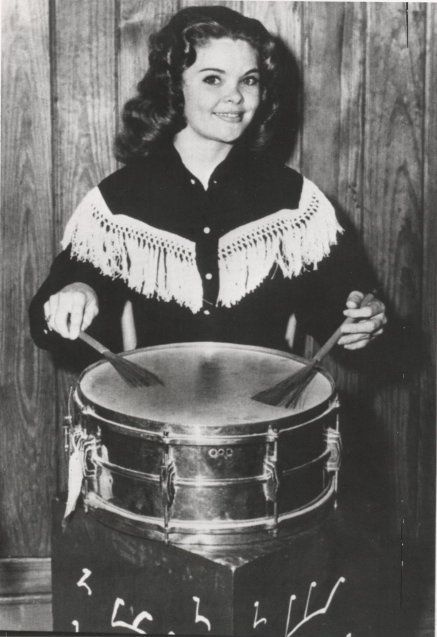
From Showgirl to Poet: Reinvention in Her Own Words
After leaving the stage, Candy found peace far from the noise. She returned to Texas, bought a small ranch, and devoted herself to horses and writing. She lived quietly, raising her daughter and later a granddaughter, content to let the legend fade — though it never really did.
Her memoirs and interviews from the 1980s show a woman at peace with her past, proud of her strength, and honest about her pain. “I’ve lived too many lives for one woman,” she once said, “but I wouldn’t trade a single one.”
Video :”Sweet Success: The Legacy of Candy Barr”
The Final Curtain and a Lasting Legacy
Candy Barr passed away on December 30, 2005, at the age of 70. The headlines that once shouted her scandals now spoke softly of her resilience. She was remembered not just as a dancer, but as a symbol of survival — a woman who turned adversity into art and rebellion into poetry.
Her story still inspires writers, filmmakers, and performers who see in her a reminder of what it means to live boldly, even when the world tells you not to.
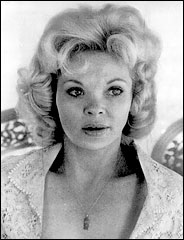
Why Candy Barr Still Captivates Us
What made Candy Barr unforgettable wasn’t just her beauty or her fame — it was her defiance. She stood at a time when women like her were supposed to disappear into the margins, yet she made the margins her empire. She wasn’t polished, and she didn’t pretend to be. She was raw, real, and entirely her own.
Candy’s story isn’t just about burlesque — it’s about freedom. About taking the pain you’re handed and turning it into power. About standing on a stage, under blinding lights, and saying, “This is who I am.”
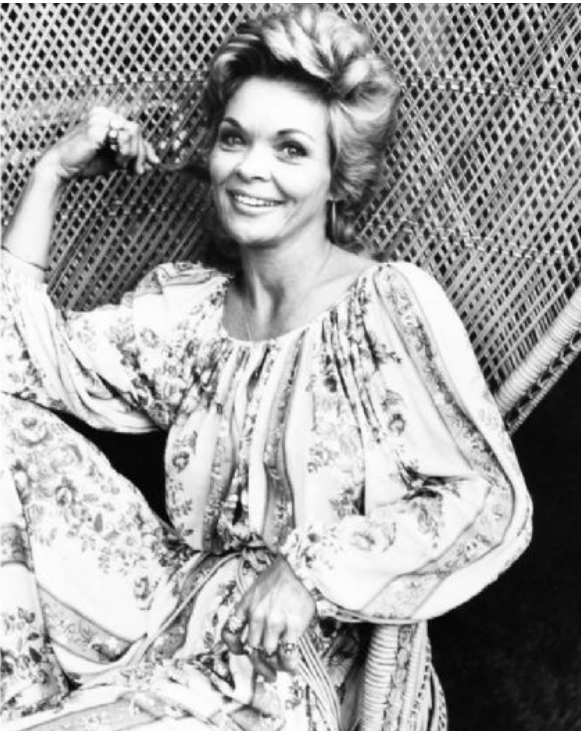
Conclusion
From runaway girl to national sensation, Candy Barr lived a life that refused to play by anyone else’s script. She was daring, wounded, brilliant — a contradiction wrapped in sequins and strength. Her beauty drew the world’s attention, but it was her courage that kept it.
Candy Barr didn’t just perform; she survived. And in every woman who’s ever demanded to be seen on her own terms, her spirit dances still — fierce, free, and unforgettable.
